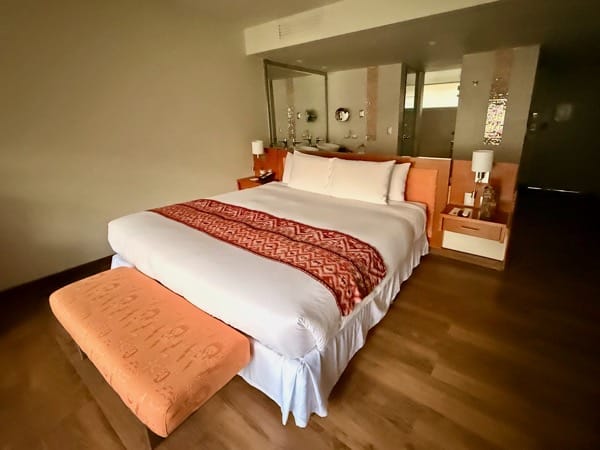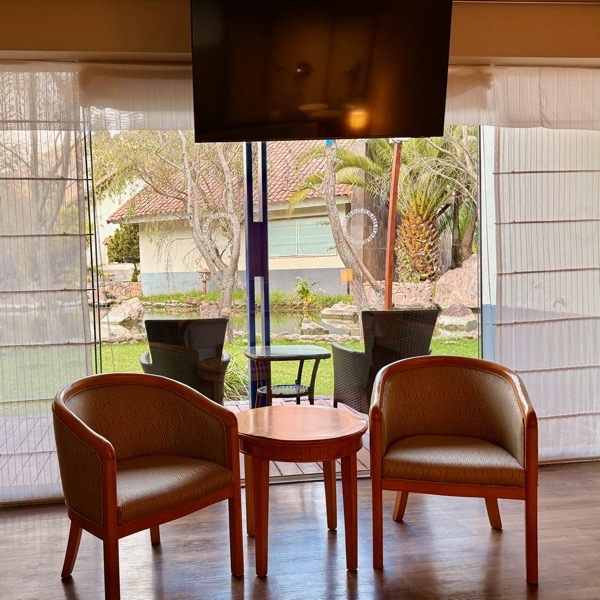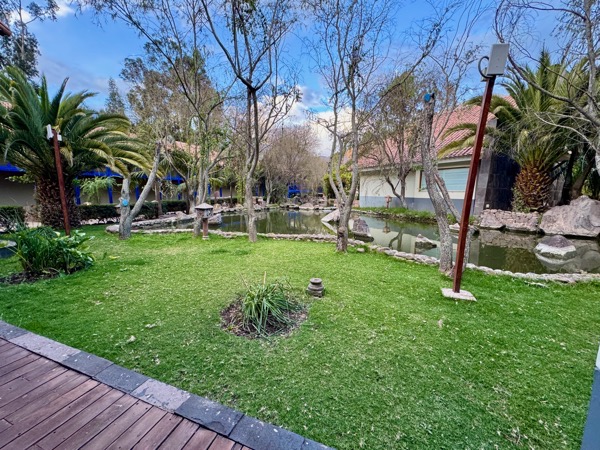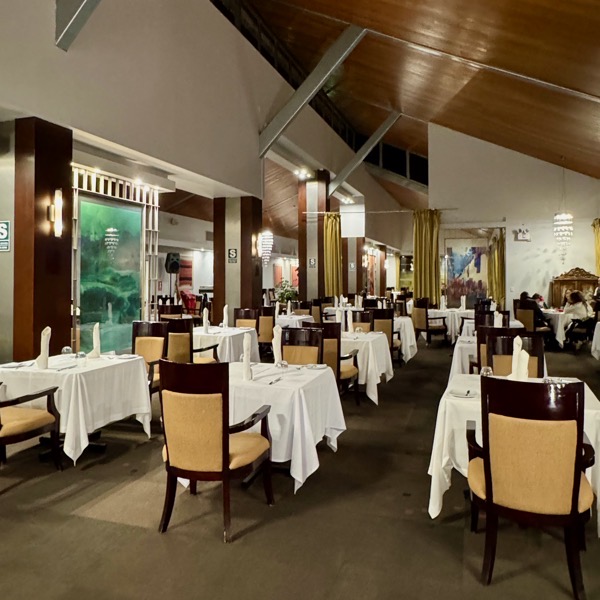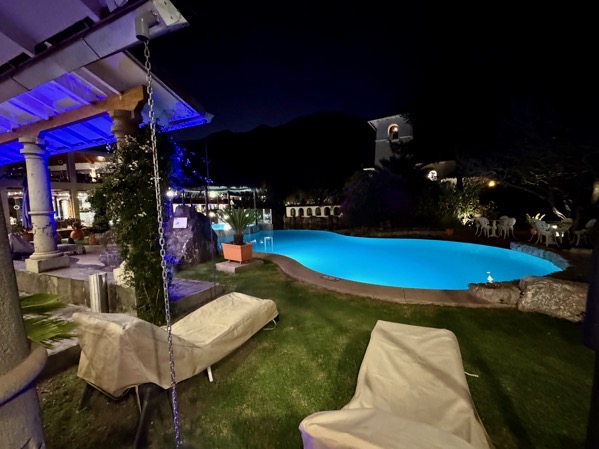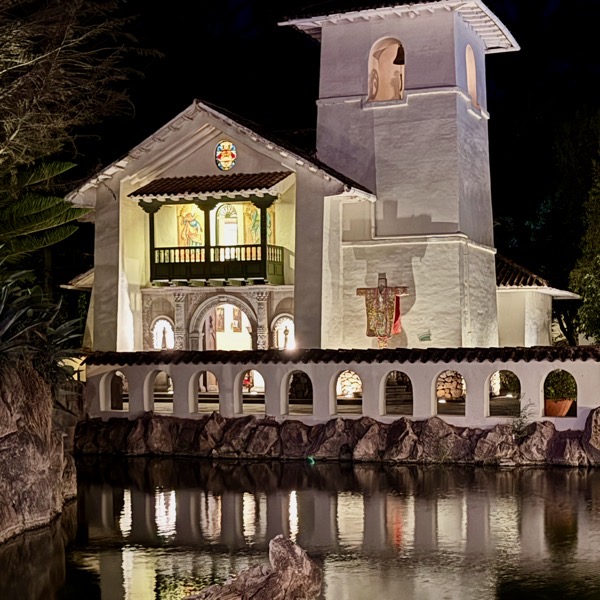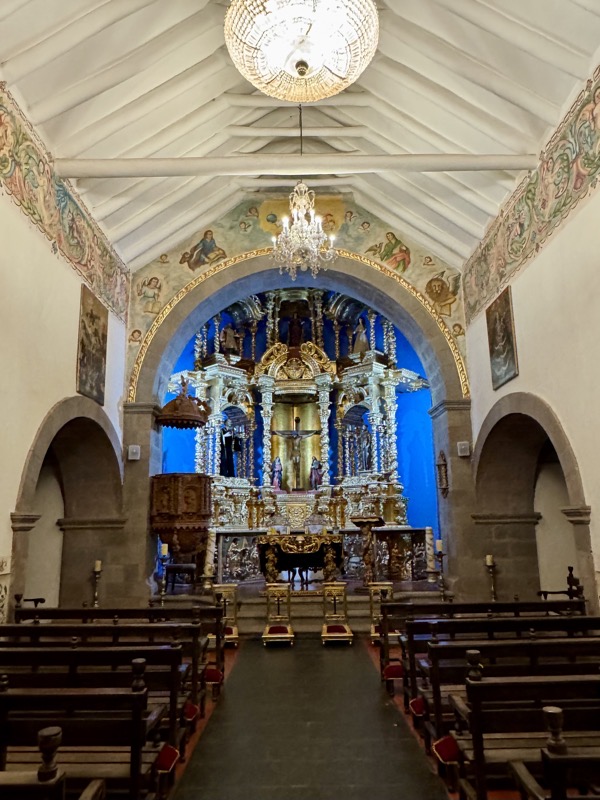Thursday, August 14, 2025
We got off to an early start today: a 5:00 a.m. wake-up call, followed by a hearty buffet breakfast at 5:30, and out of our rooms by 6:15. Victor met the group in the hotel lobby, and we walked over to the Lima airport terminal, where we eventually boarded our 9:50 a.m. LATAM flight to Cuzco.
As the plane climbed away from the coastline, the skies opened up—brilliant blue and scattered with puffy white cumulus clouds. Jane and I didn’t have window seats, but as the plane banked near the end of the 90-minute flight, we managed to catch glimpses of the jagged Andes peaks encircling Cuzco.
After disembarking at Alejandro Velasco Astete International Airport, perched at over 10,800 feet above sea level, we immediately noticed the effects of the altitude—the air thinner, the oxygen lighter. After quickly collecting our luggage in the small terminal, our group stepped outside and boarded a tour bus waiting for us in the back parking lot, ready to begin our high-altitude adventures.
—— Arriving in Cuzco ——
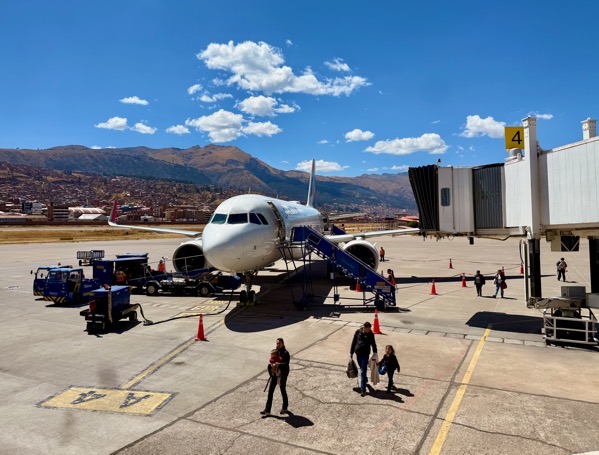
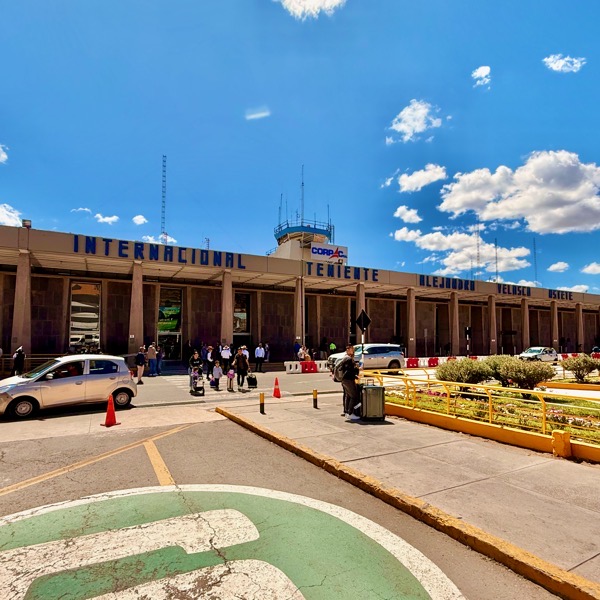
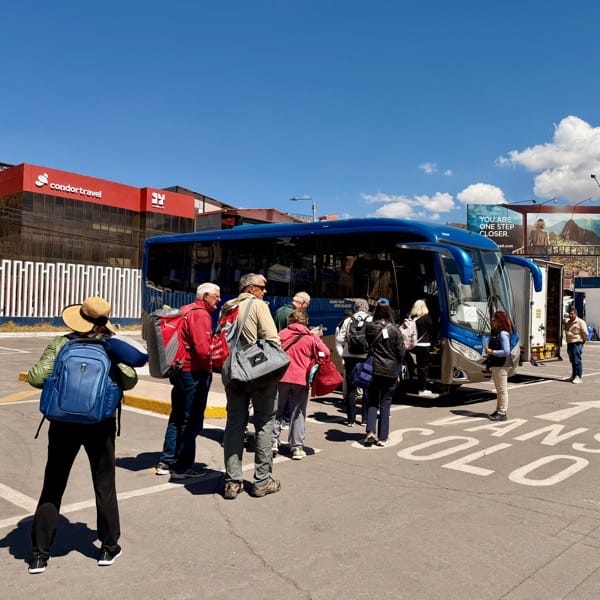
Our first destination was Sacsayhuamán, the awe-inspiring remains of a massive Inca fortress perched on a hill overlooking Cuzco, which once served as the capital of the Inca Empire. During the bus ride, Victor introduced our local guide, Carlos, who gave a lively and unconventional introduction to both himself and the region. To help us with pronunciation, he joked that if we struggled with the name “Sacsayhuamán,” we could just say “sexy woman”—a surprisingly close approximation, and one we wouldn’t forget.
Jane and I had been reading extensively and watching documentaries about the Inca, so stepping off the bus and approaching the fortress’s massive, zigzagging walls was nothing short of thrilling. Just as we’d learned, the renowned stonework was stunning—enormous limestone blocks, some weighing over 1,000 tons, fitted together with such astonishing precision that not even a razor blade could slide between the seams, all done without mortar. We were told it took the brute labor of over 20,000 workers, using ropes, rollers, and sheer determination to move and set each stone. Carlos shared illustrations showing how the stones were transported and what the full structure may have looked like in its prime.
It was humbling to imagine the scale of Inca engineering during the mid-15th to early 16th centuries. Following the Spanish conquest in the 1530s, much of the fortress was dismantled, its stones repurposed to build colonial structures in Cuzco. Carlos mentioned that today, locals—including his own family—often spend weekends relaxing on the wide grassy plain in front of the ruins, once a ceremonial gathering space. After snapping photos and soaking in the panoramic views of Cuzco below, we reluctantly reboarded the bus. Jane and I agreed—we absolutely loved visiting this extraordinary place.
—— Sacsayhuamán ——
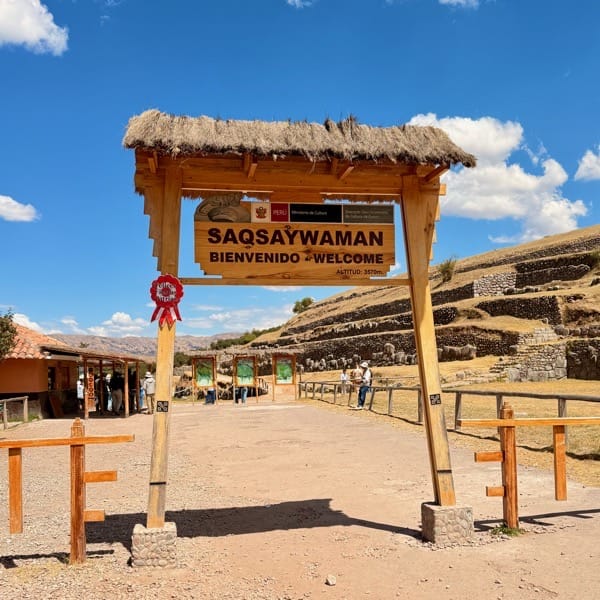
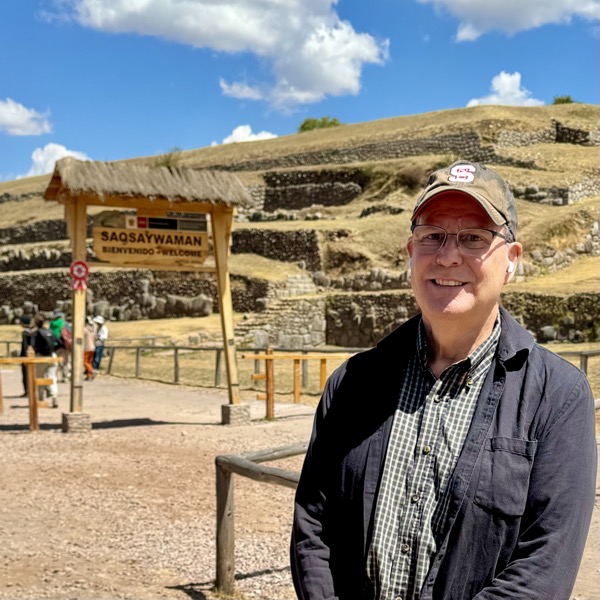
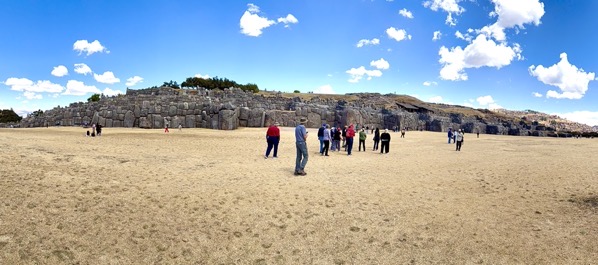
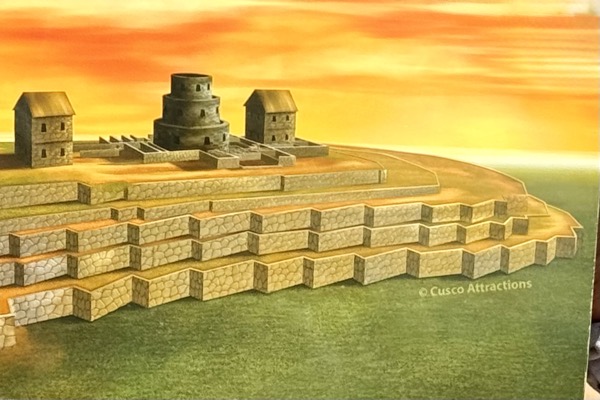
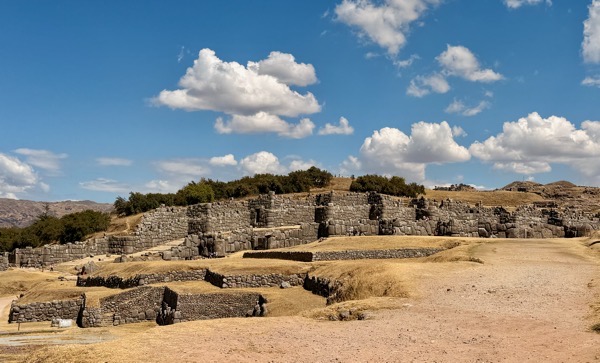
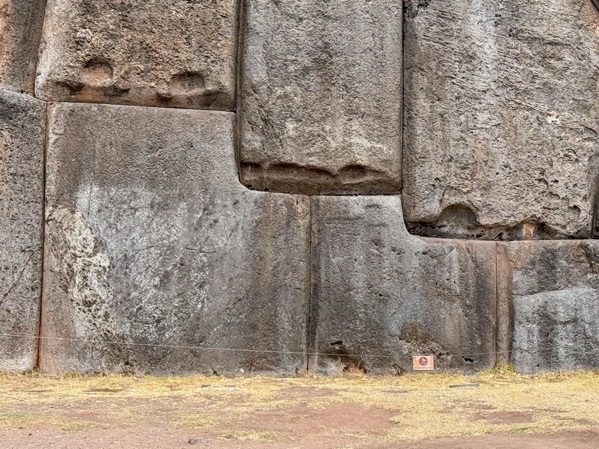
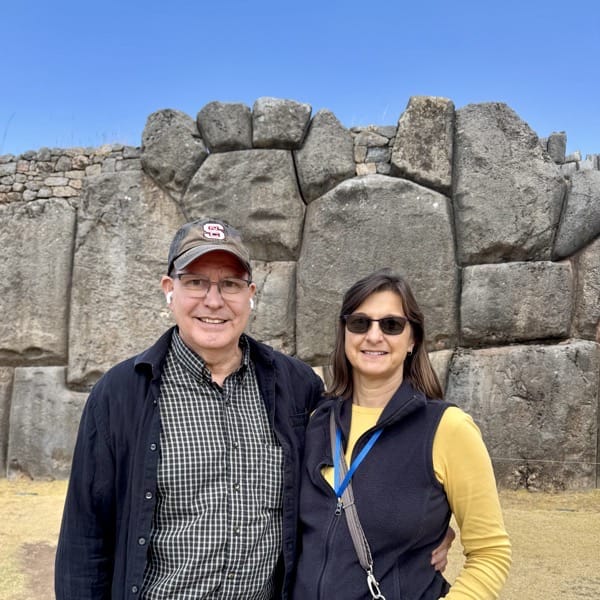
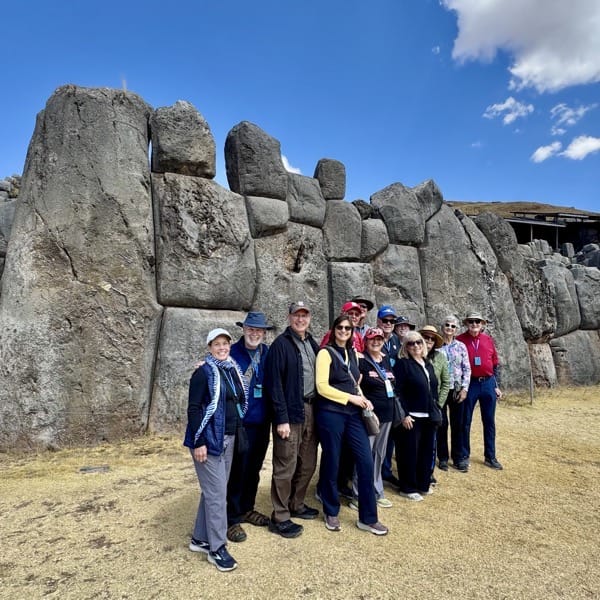
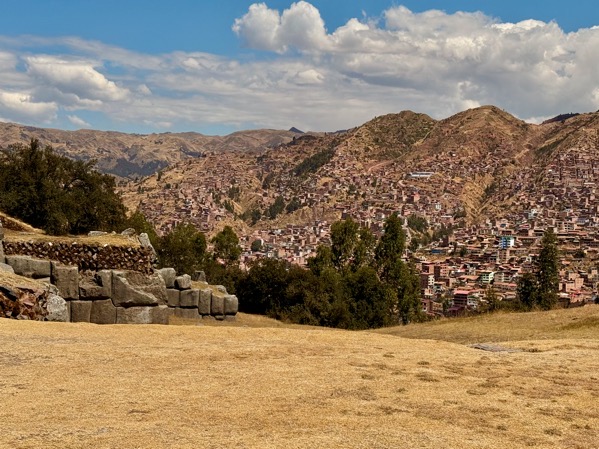
From Sacsayhuamán, we continued our first day exploring Valle Sacrado. The Sacred Valley is a fertile and culturally rich region nestled in the Andes carved out by the winding Urubamba River and stretching between the historic cities of Cuzco and Machu Picchu.
Our next stop was La Princesita, where we enjoyed a buffet lunch featuring a variety of traditional Peruvian dishes. The venue itself was charming—a former upper-class home transformed into a restaurant and event space, full of character and history. The ambiance was warm and inviting, perfectly complementing the delicious food. I even got to try Inca Kola, the iconic Peruvian soft drink I’d read so much about—sweet and bubbly, but so sugary that I had to drink plenty of water afterward to quench my thirst. Behind the restaurant, garden terraces offered lovely views of the valley below, making it a perfect spot to relax and soak in the surroundings.
—— Lunch at La Princesita ——
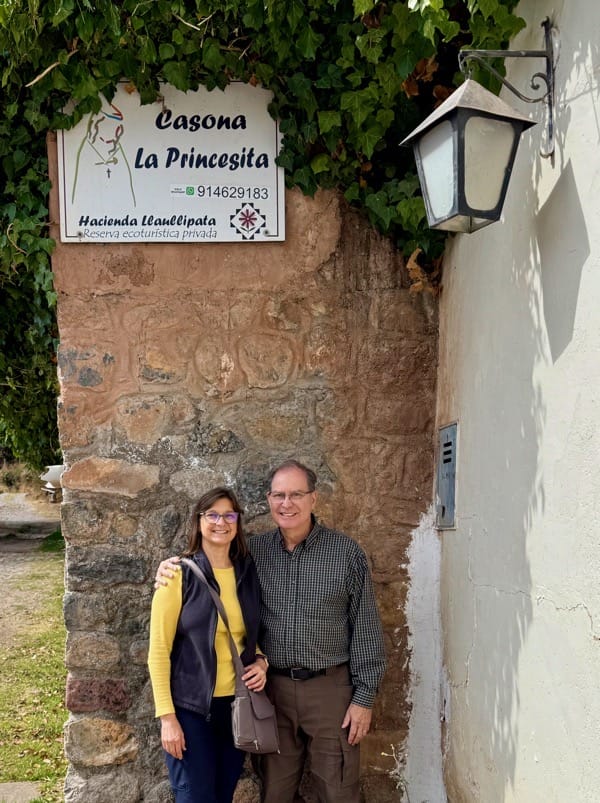
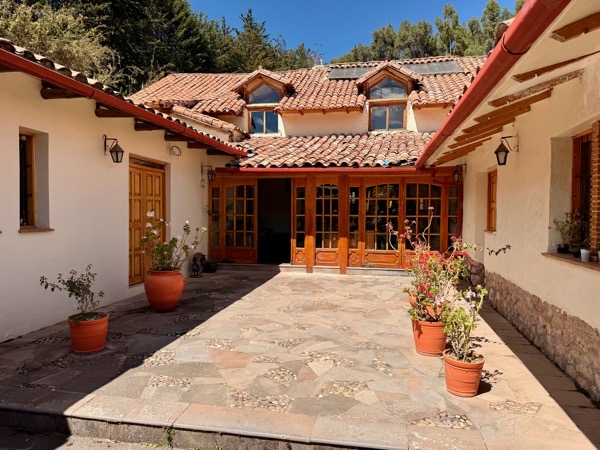
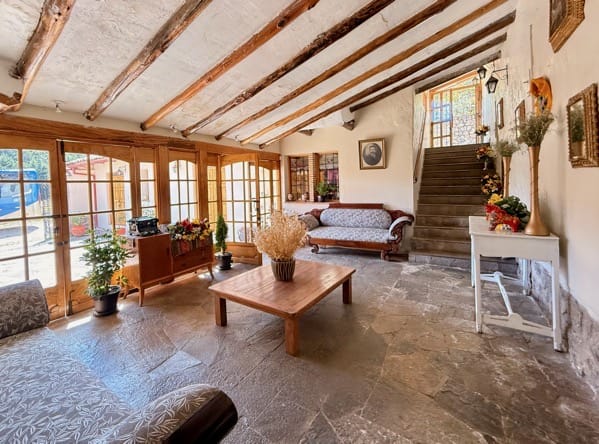
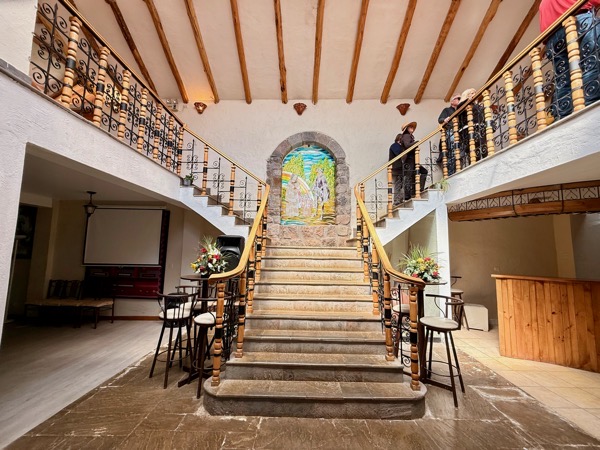
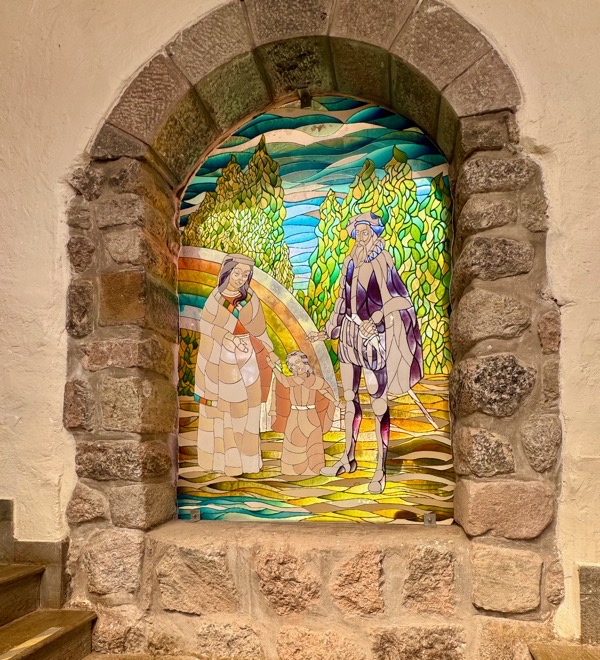
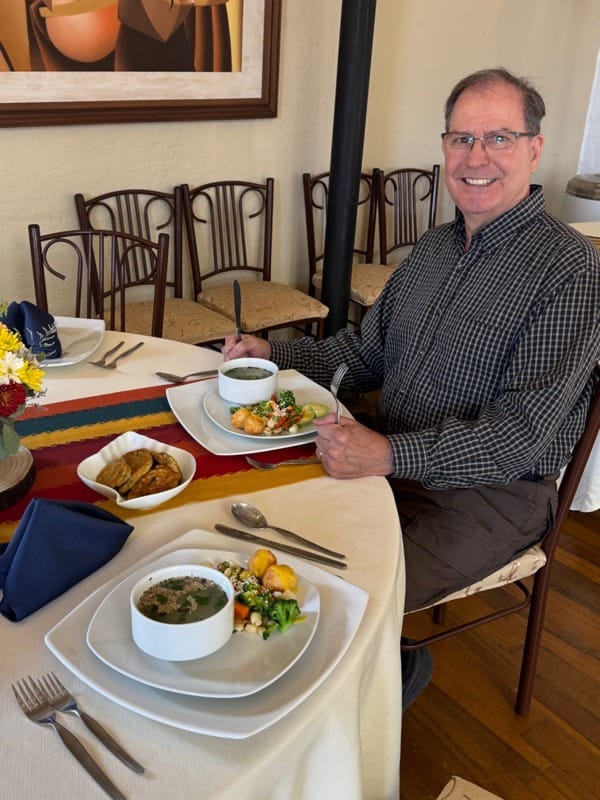
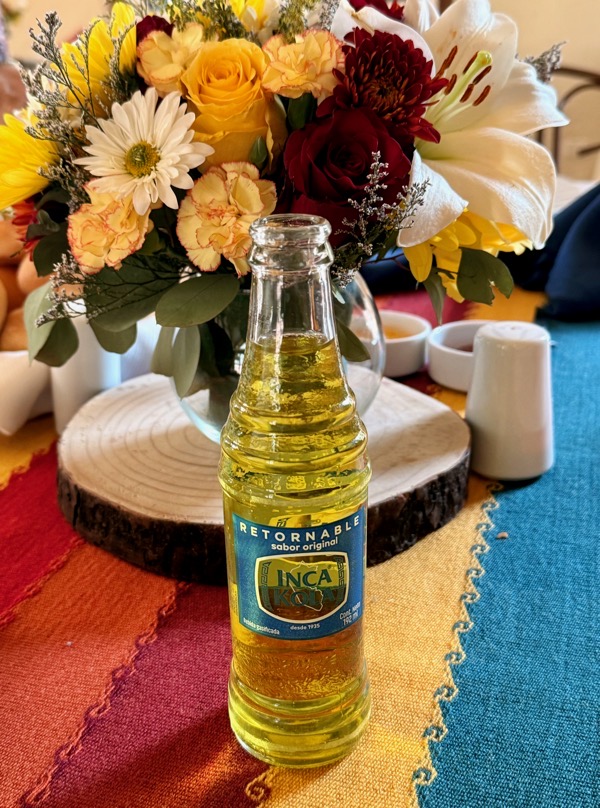
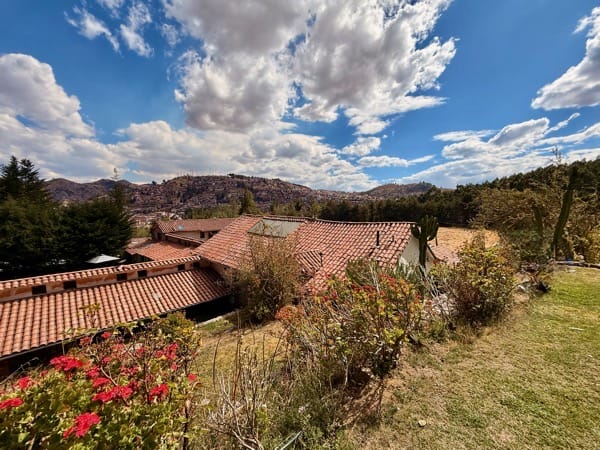
Back on the bus, we continued toward our next destination, Pisaq. Along the way, Carlos kept us entertained with more stories about the region—and about himself. He joked that he used to be a spirited free-ranging young man until his wife (now “the dictator”) snagged him in an Irish bar, and together they produced two “mini-dictator” daughters.
Eventually, the bus made a quick stop at Mirador Taray, a scenic overlook where we all stepped out to take in the breathtaking panorama of the Sacred Valley—complete with the winding Urubamba River, beautifully terraced agricultural fields, and the majestic Andean mountains stretching into the distance
—— Scenic Overlook (Mirador Taray) ——
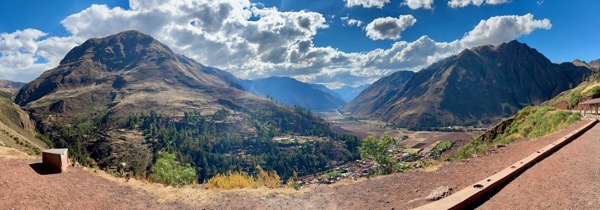
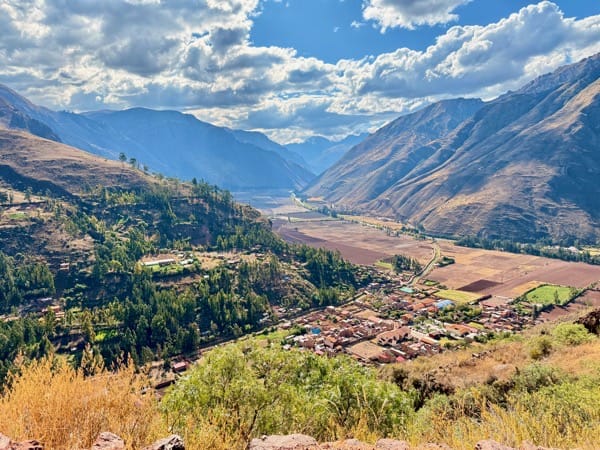
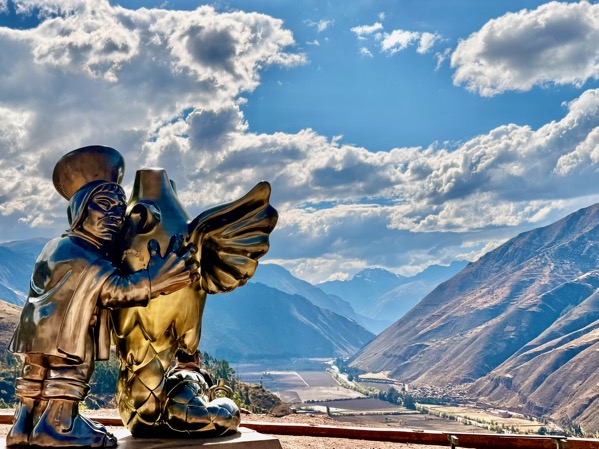
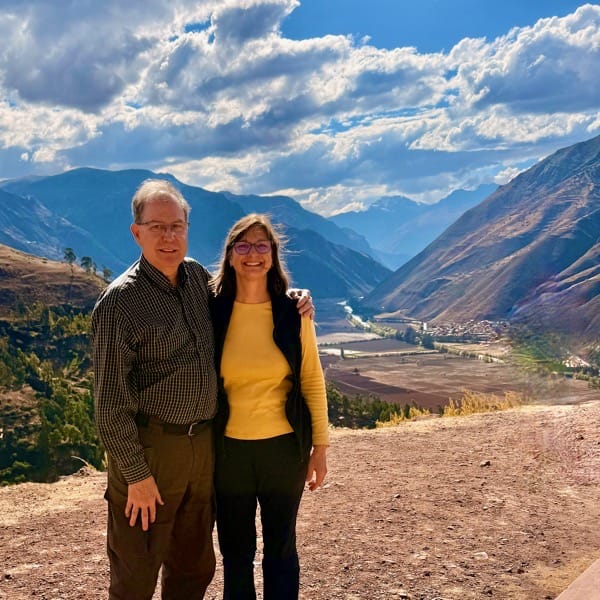
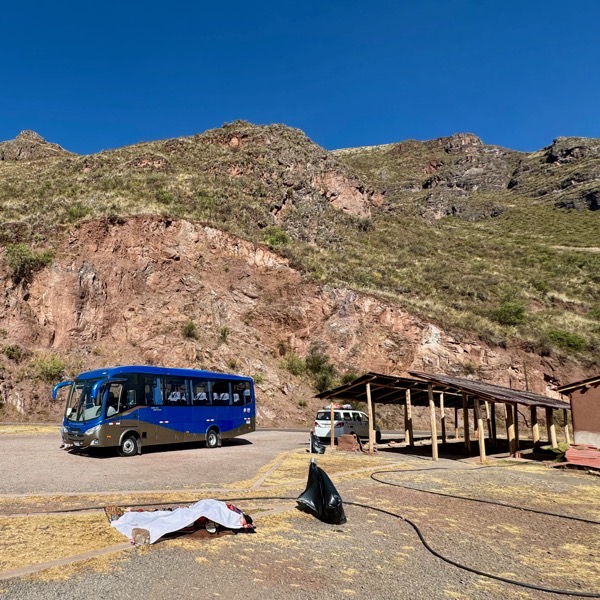
We pressed on to Pisaq, enjoying the beautiful weather—blue skies dotted with puffy white clouds. This charming village is famous for its traditional craft market, where local artisans sell handmade textiles, pottery, jewelry, and other goods rooted in Andean culture. Upon arrival, we were dropped off in the main square, right outside Adriana’s Joyeria (Jewelry) & Alpaca shop. There, we saw a quick demonstration of how their jewelry is made using semi-precious stones and various metals. Afterward, we were ushered into the adjoining store, packed with stunning alpaca wool products—sweaters, scarves, gloves, hats, and socks, all in rich textures and colors.
Jane admired a delicate, simple 18k gold chain that—much to our shock—was priced at over $4,000. Not in a shopping mood, we made a retreat to the Mercado Artesanal, a sprawling outdoor market full of vendors enthusiastically calling for attention at every turn. After weaving our way through it, we escaped to the quieter streets of Pisaq and found a popcorn vendor. We bought two fresh bags and settled on a bench in the square to enjoy them.
Soon, a boy—around 8- or 9-years-old—approached us, trying to sell small souvenirs. Jane, with her ever-improving Spanish, struck up a charming conversation with him. His name was Samuel, the youngest of five brothers, a huge soccer fan, and aspiring to become a tour guide one day. He wore a soccer jersey with his name printed on the back, and his energy was contagious. Jane gave him the rest of her popcorn, and later, I took a photo of them and gave Samuel a small tip. We parted with smiles and warm wishes.
After about an hour and fifteen minutes in Pisaq, we boarded the bus once again and continued our journey through the Sacred Valley.
—— Pisaq ——
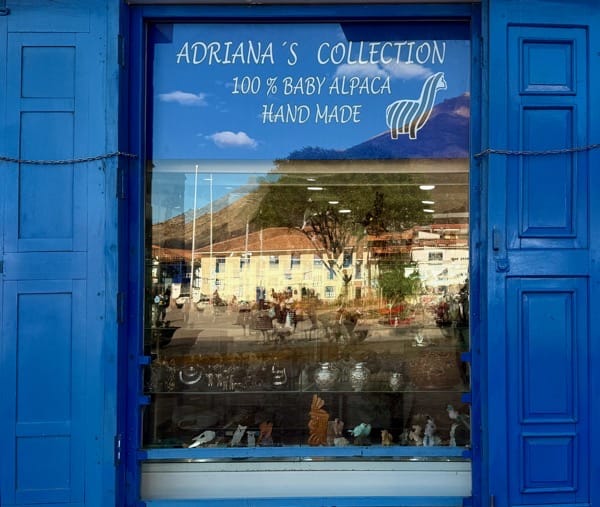
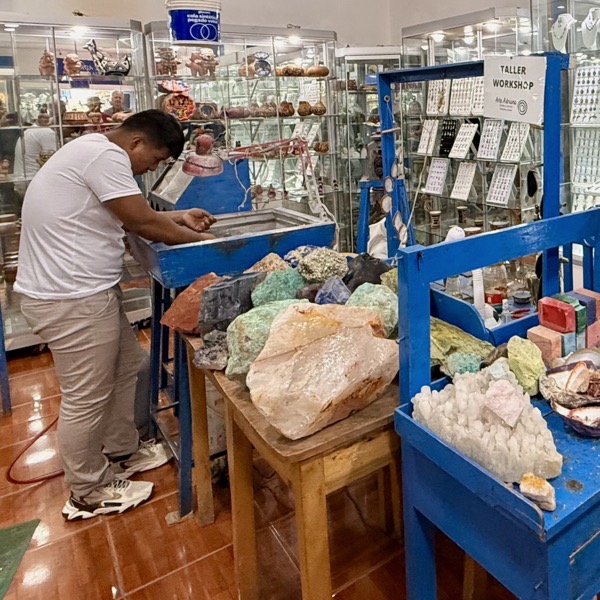
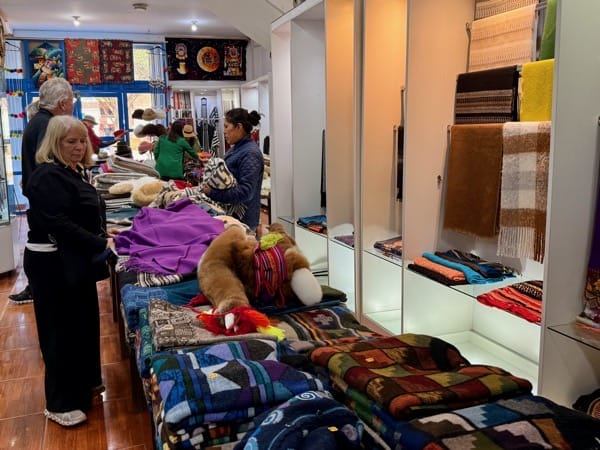
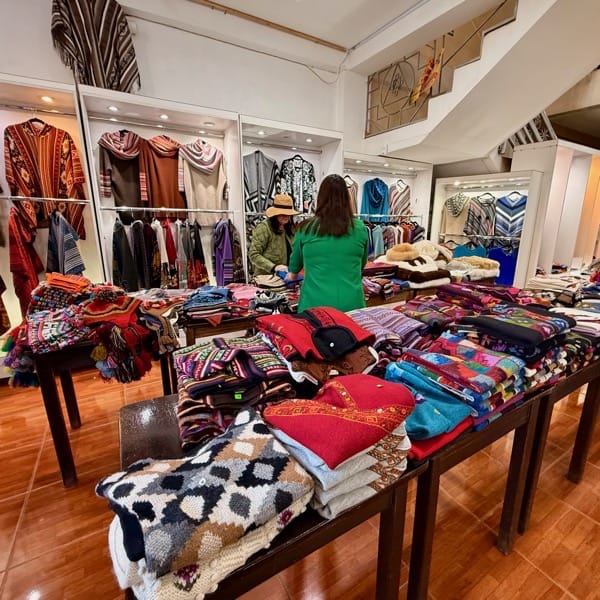
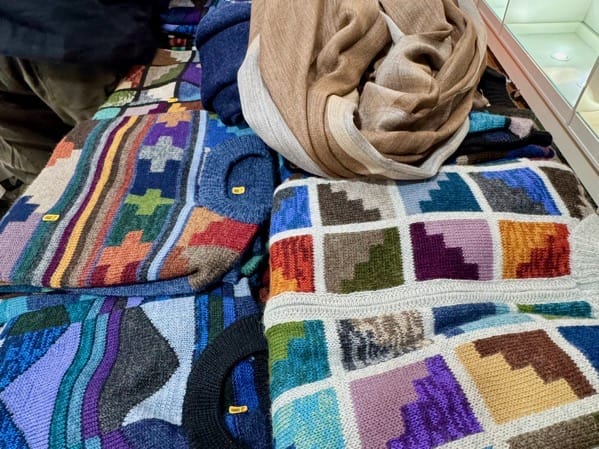
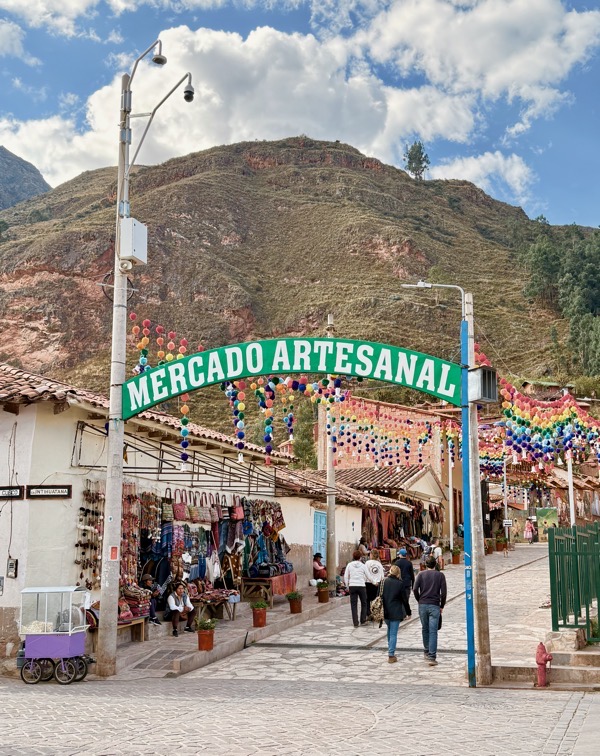
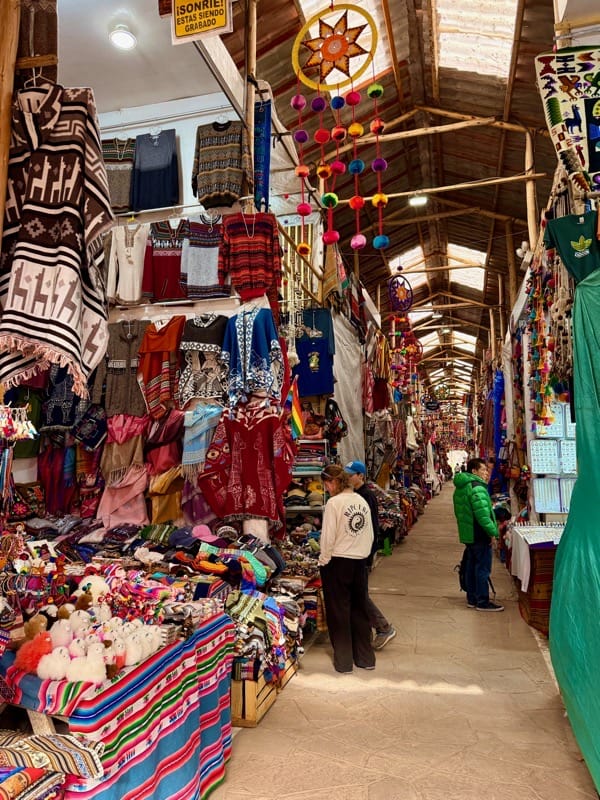
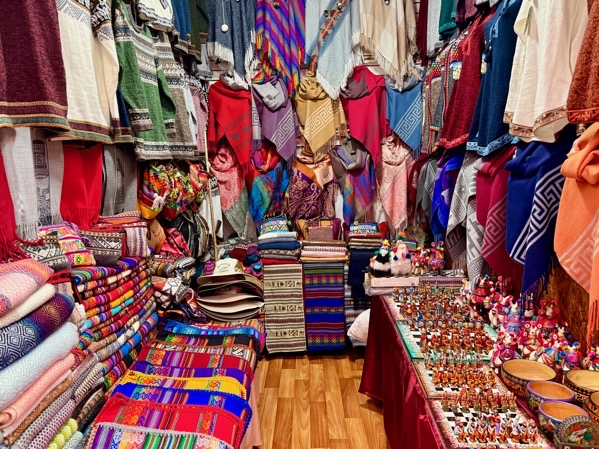
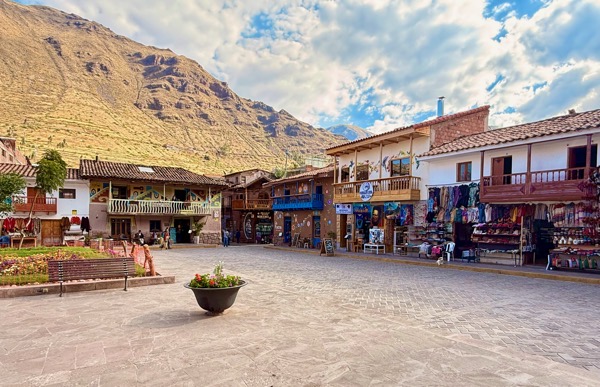
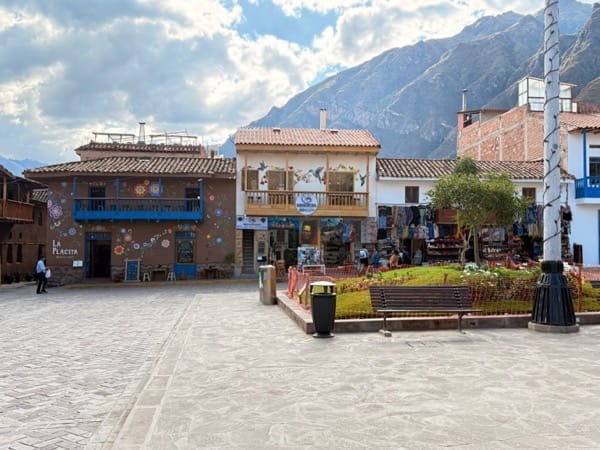
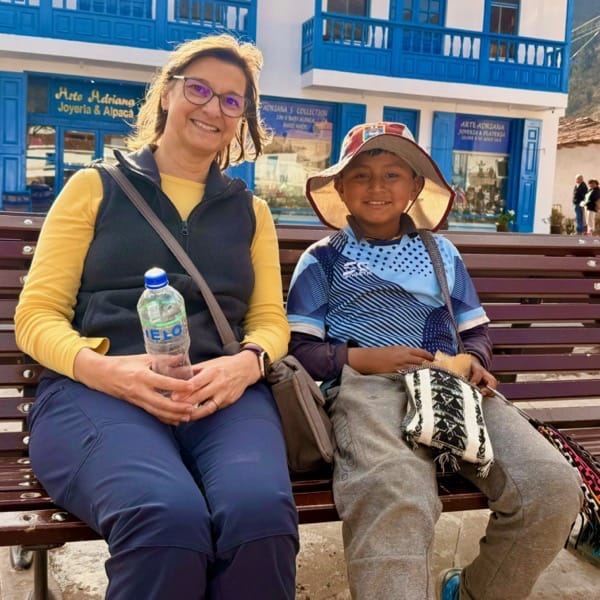
The hotel was our final stop of the day, but on the way, we made a brief stop in a small town, right in front of a cuyería—an eatery that specializes in cuy, or guinea pig, a traditional delicacy throughout the Andean region. Our guide Carlos, always the entertainer, began enthusiastically staging photo ops with cooked guinea pigs on skewers, playfully pairing them with members of our group who found the whole scene amusing. Jane recalled her study-abroad days in Ecuador, where her host mother, Ceci, strongly discouraged eating cuy—so she never tried it then. And now that we’re pescatarians, neither of us had any intention of starting today. Still, through the bus window, I managed to snap a photo of one of our fellow travelers, Dean (also from Apex), cheerfully posing with a skewered critter in hand.
—— La Cuyería (Guinea Pig Restaurant) ——
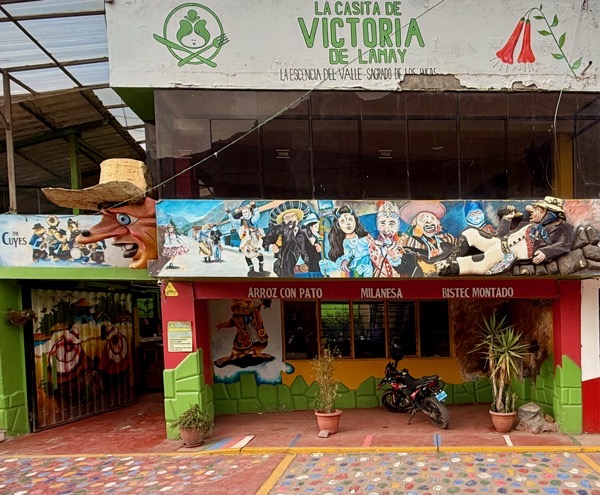
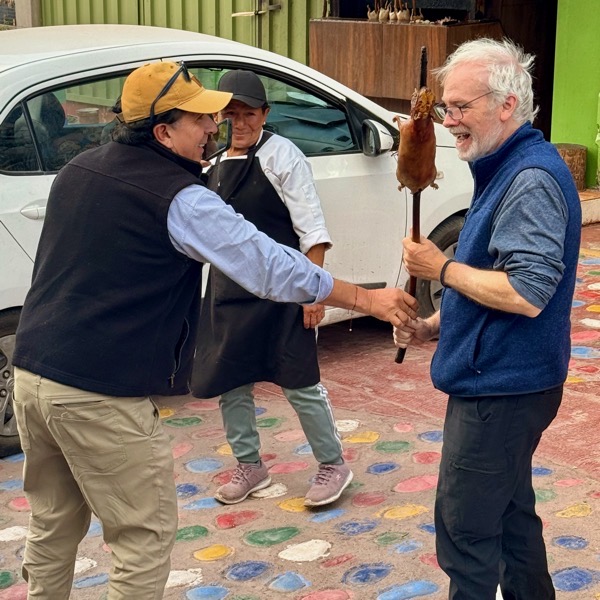
With the guinea pigs behind us, the bus continued on, soon turning off onto a narrow, unpaved road flanked by agricultural fields. After a short drive, we arrived at our home for the next two nights: the Aranwa Sacred Valley Hotel & Wellness Center, a truly exceptional 5-star resort nestled along the Urubamba River. The property was stunning—lushly landscaped grounds with tranquil water features, meandering paths, and beautiful gardens throughout. The resort boasted a long list of amenities, including a pool, Jacuzzi, full-service spa, fitness center, movie theater, chapel, shops, a gourmet restaurant, and even a cozy coffee shop. Accommodations ranged from standard rooms to an opulent presidential suite.
Our spacious room was located in Block D, complete with a small deck overlooking a serene green space and a charming, rock-lined pond. It quickly became one of our favorite places on the trip—we genuinely wished we could have stayed longer. That evening, we enjoyed a delicious group dinner at the resort’s fine restaurant, and afterward, Jane took a peaceful walk through the softly lit grounds before we turned in for the night.
—— Aranwa Hotel and Wellnes Center ——
